Greenhouse Humidity Hacks: Balancing Moisture in Winter
Quick Answer
In a winter greenhouse, you control humidity by combining light ventilation, careful watering, and steady air movement so surfaces can dry and plants stay healthy instead of sitting in constant damp. Aim for moisture that keeps foliage hydrated but not dripping, then use short venting sessions, open a door or louvre on mild days, avoid overwatering, and run a small circulating fan to break up condensation. A strong, thoughtfully designed structure from BC Greenhouse Builders, with roof vents, good glazing, and the right foundation, makes it much easier to keep that balance all season.

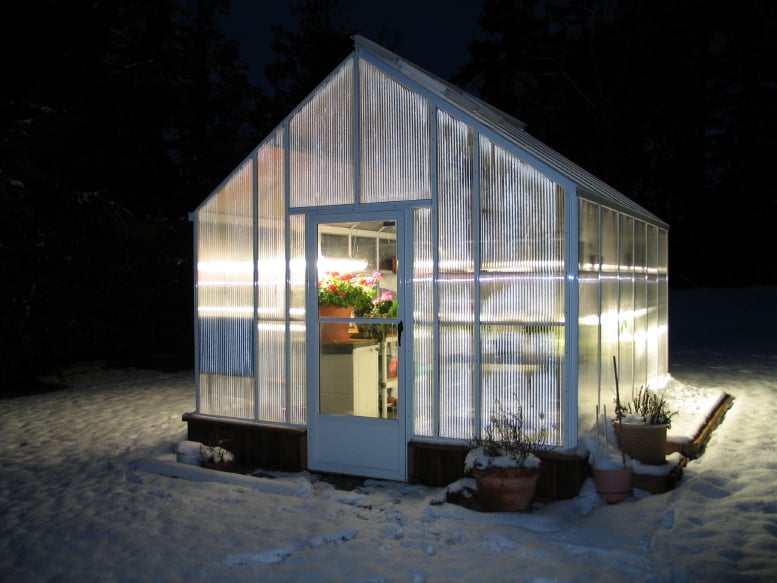
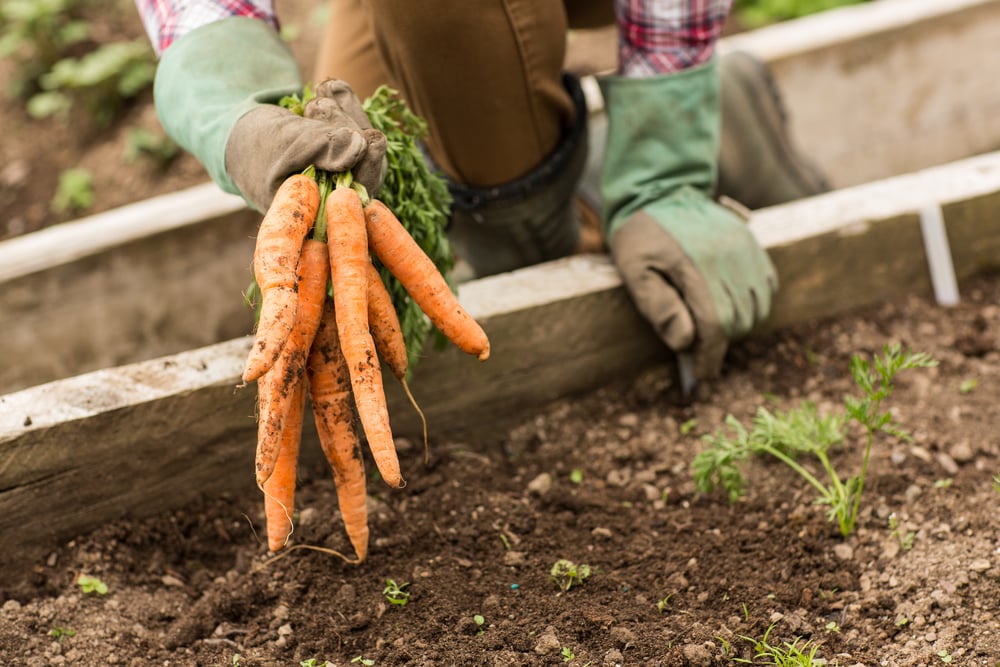
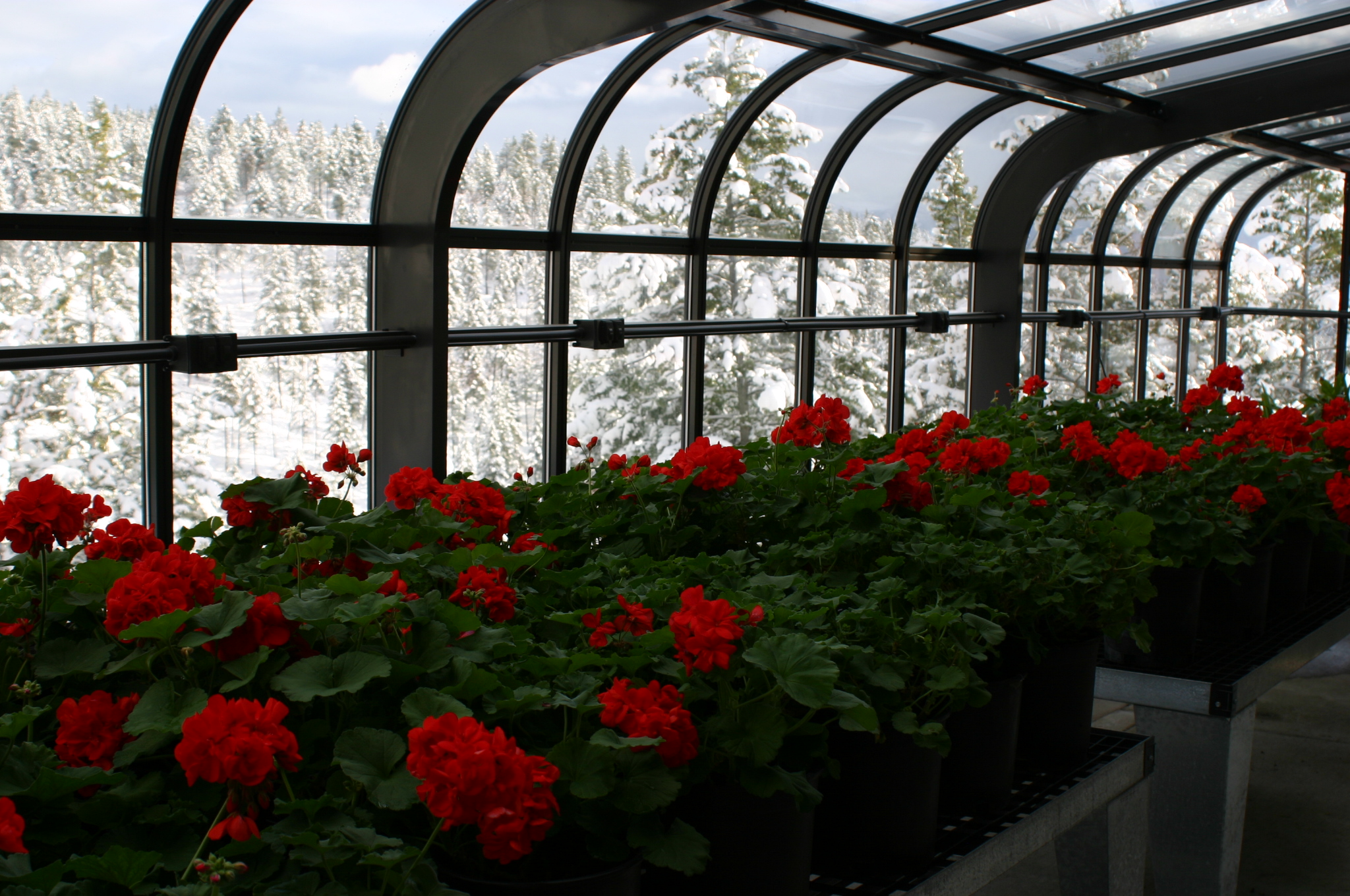
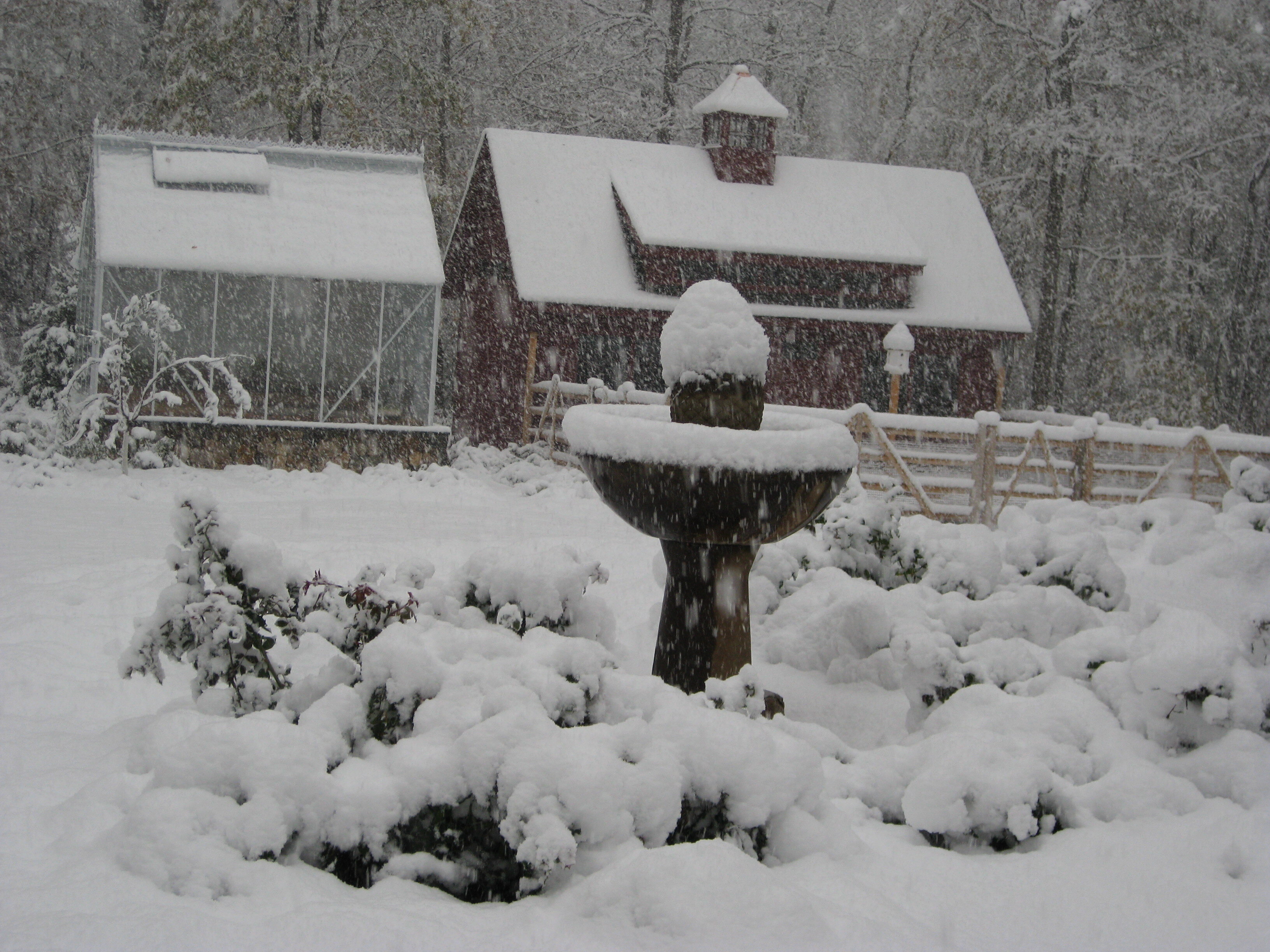
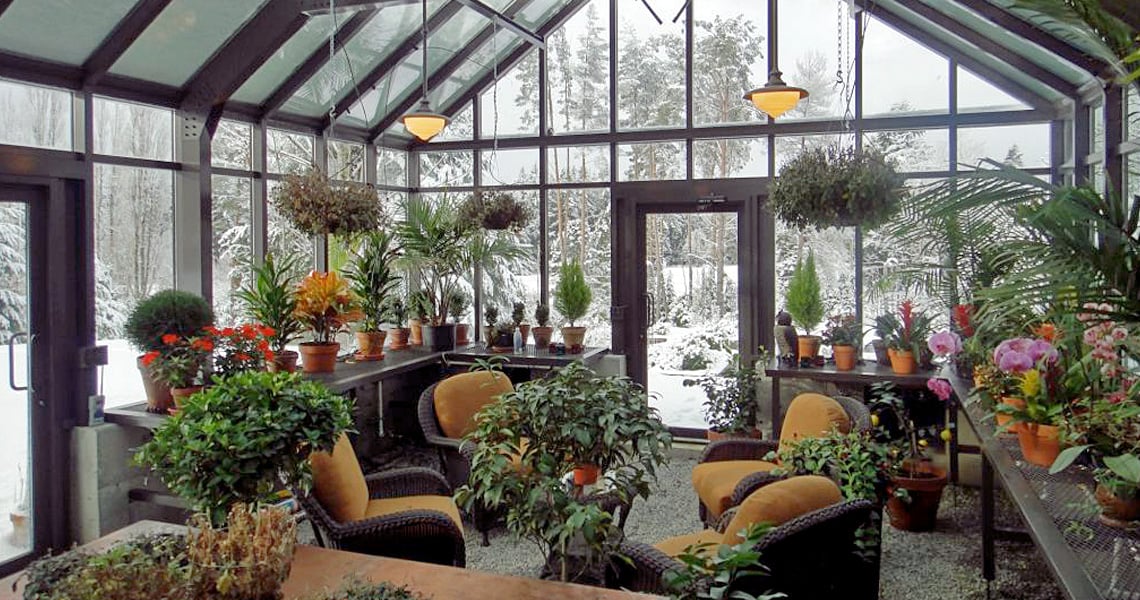
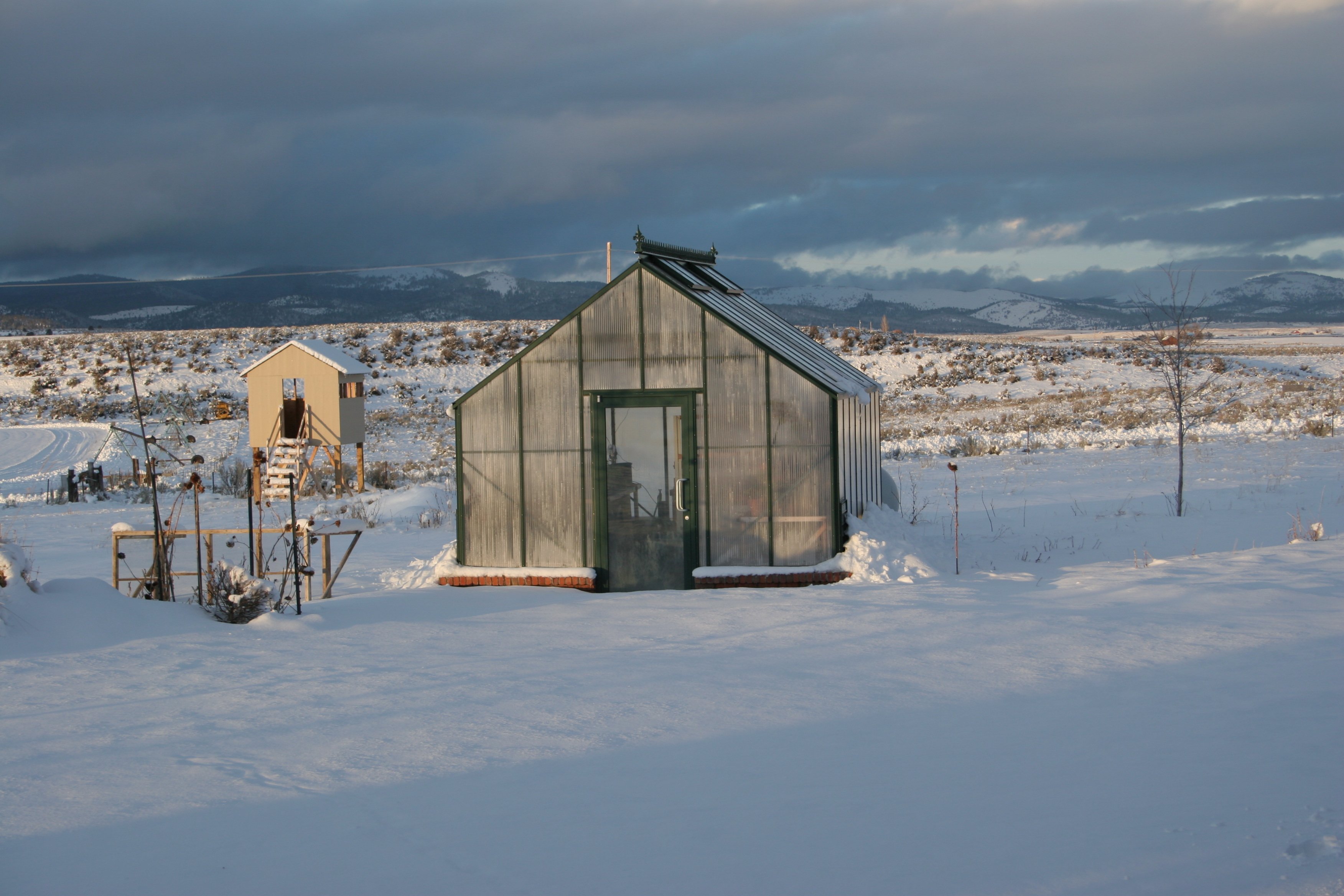
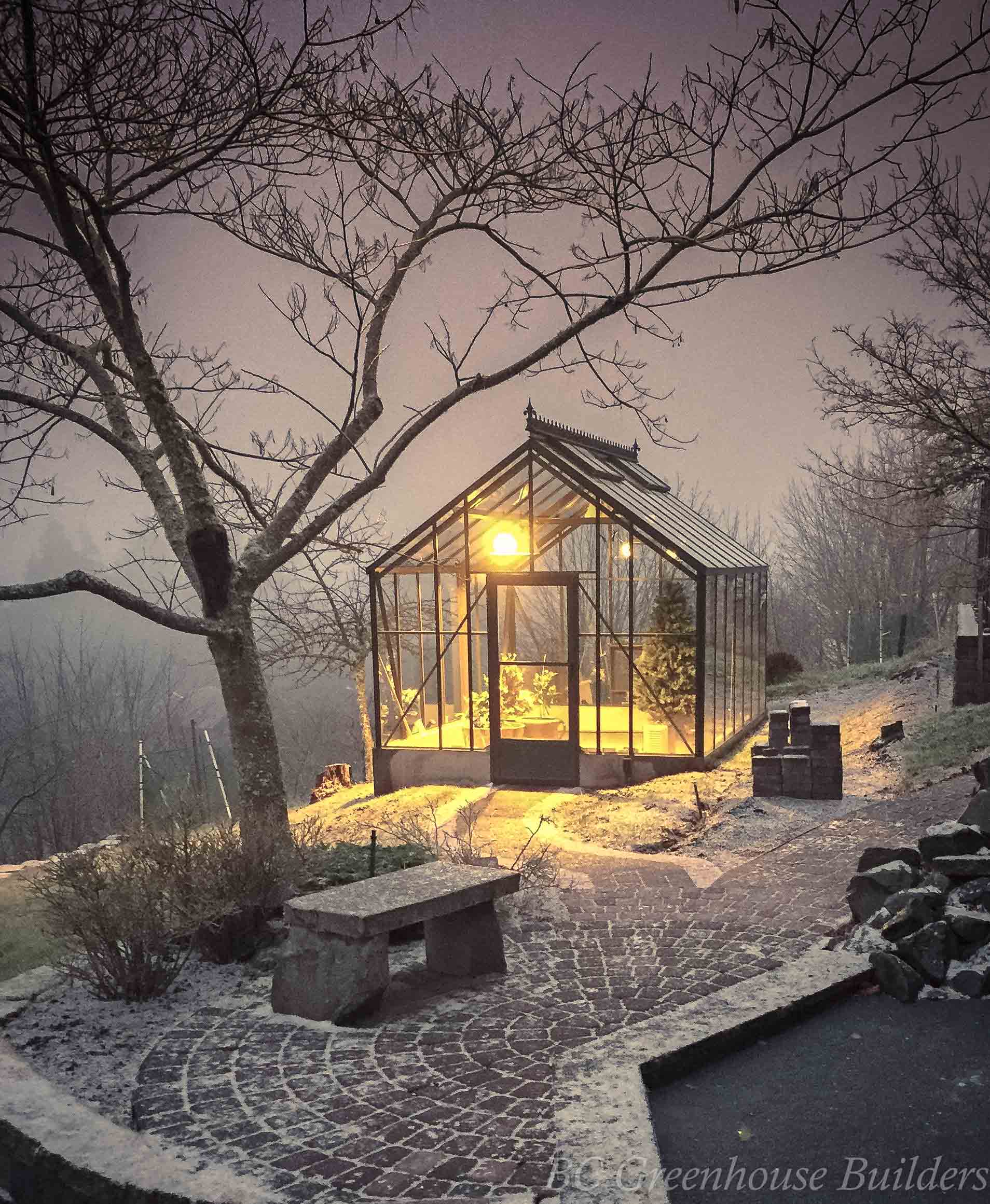
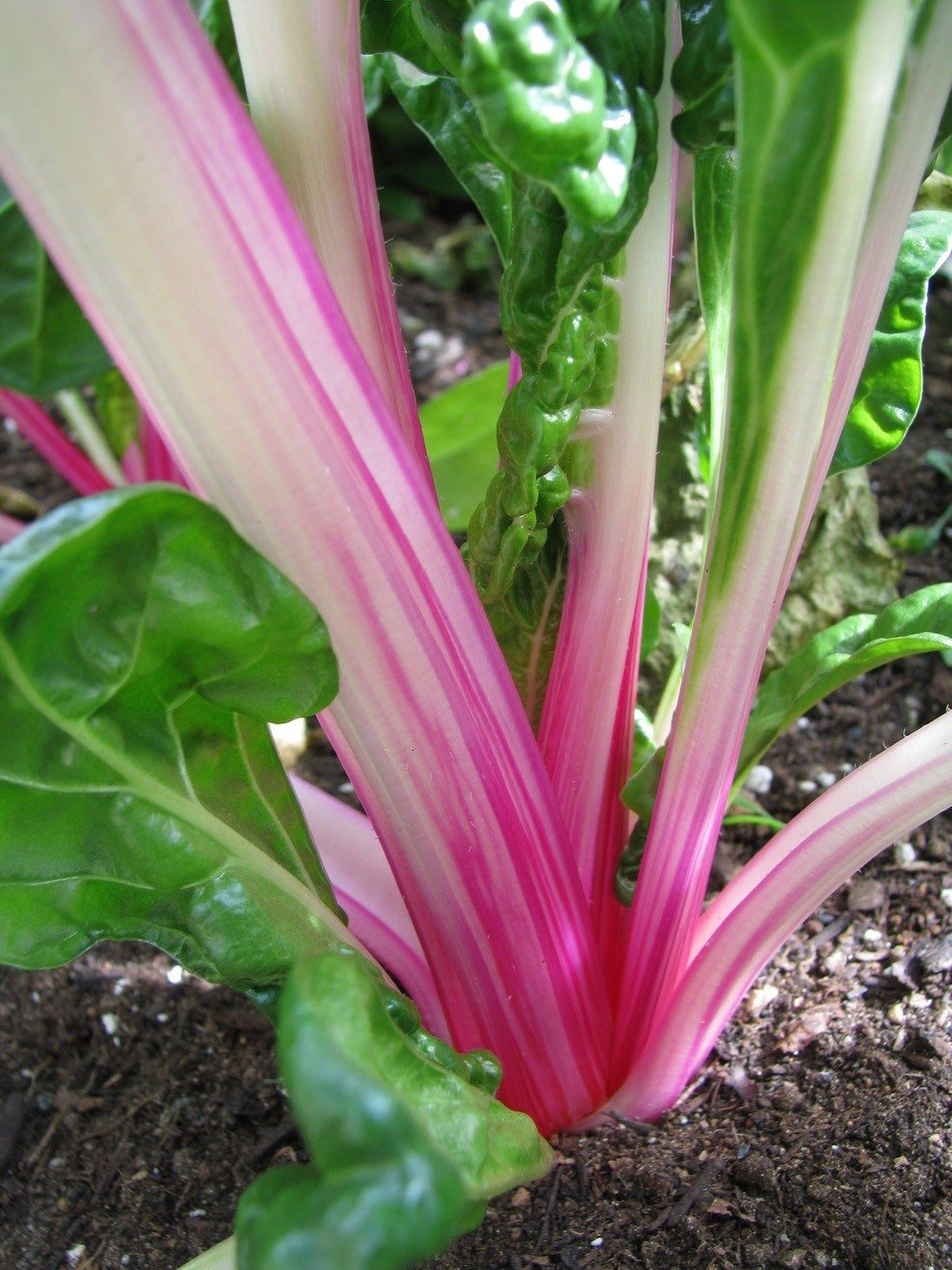
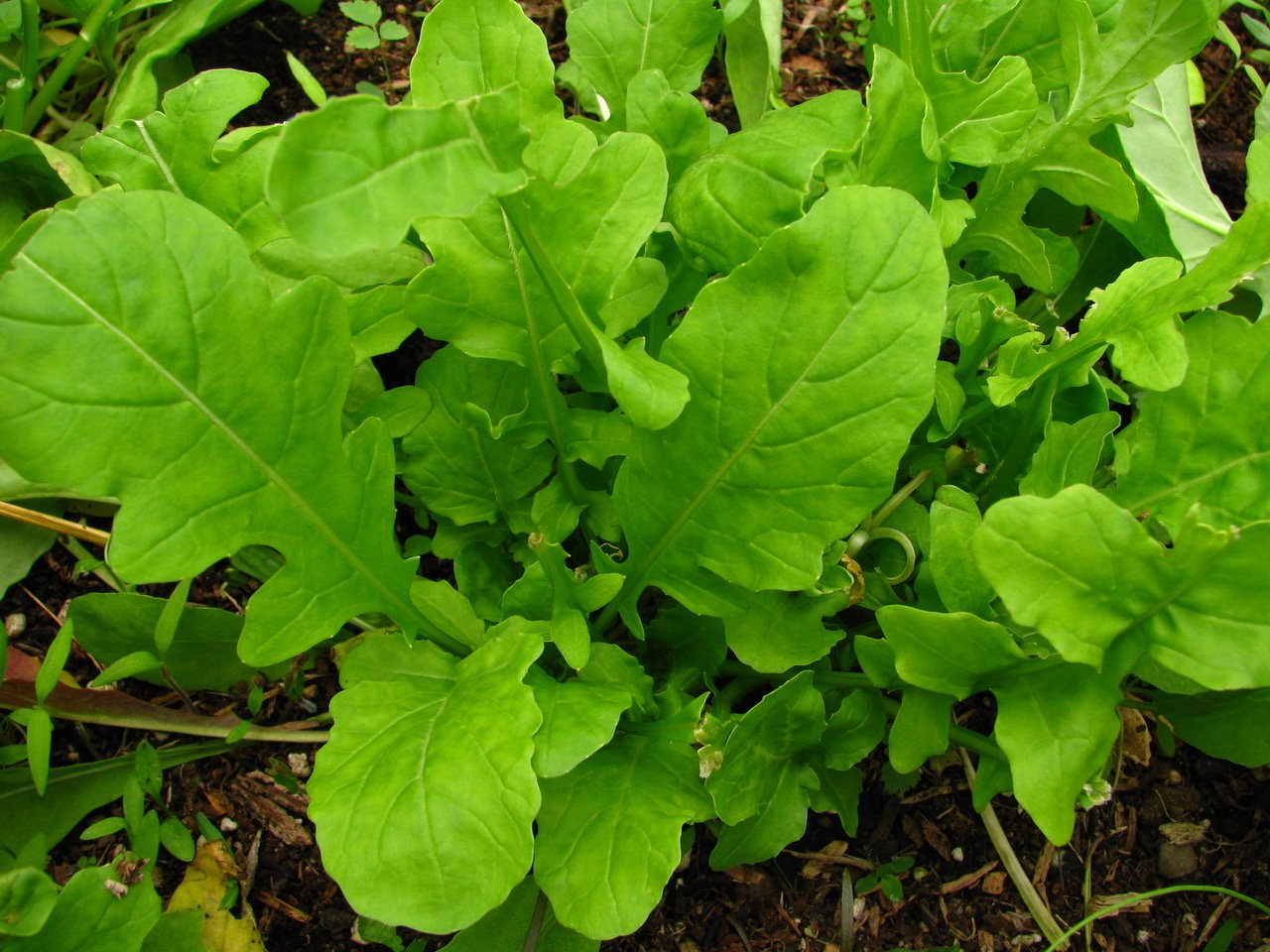
-Dec-01-2023-09-41-30-3859-PM.jpg)